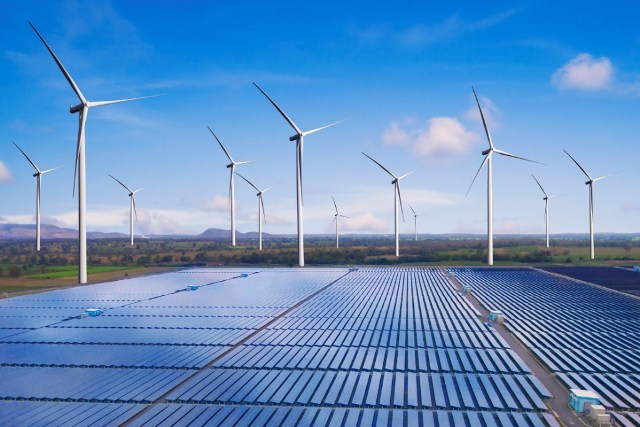The U.S. battery power capacity grew by 35 percent reaching 1,650 megawatts (MW) by the end of 2020, according to EIA’s report.
U.S. battery power capacity has tripled in the last five years.
EIA expects the trend to continue; utilities have reported plans to install over 10,000 MW of additional large-scale battery power capacity from 2021 through 2023.
“Growth in U.S. battery systems is critical as the United States faces new hurdles to reliable electricity delivery,” said EIA Acting Administrator Steve Nalley. “Energy stored in batteries can react to second-to-second fluctuations in the electric grid, protecting grid power quality and improving the grid’s efficiency.”
Much of the recent increase in new storage capacity comes from battery energy systems co-located with or connected to solar projects.
The report said five states account for more than 70 percent of U.S. battery storage power capacity as of December 2020, with California alone accounting for 31 percent of the U.S. total (506 MW). Texas, Illinois, Massachusetts, and Hawaii each have more than 50 MW of power capacity.
More than 400 MW of small-scale total battery storage power capacity also existed in the United States as of 2019, with California accounting for 83 percent of the capacity. Small-scale batteries have a nameplate power capacity of 1 MW or less.
U.S. battery system energy capacity also continued to increase, reaching 1,688 megawatthours at the end of 2019, a 30 percent increase from 2018.

